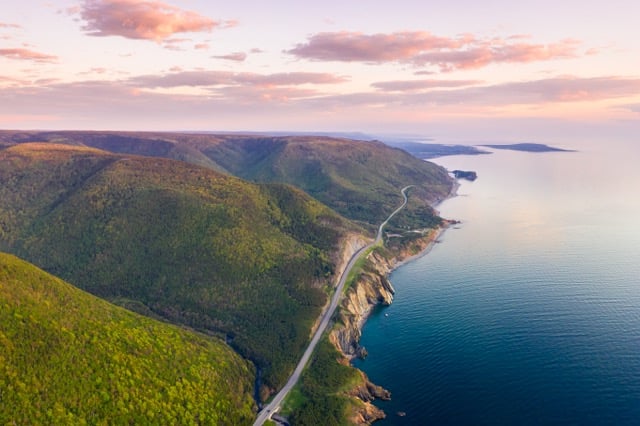Celtic Hearts : Cape Breton Island is the Land of my Heart
‘S e Ceap Breatainn Tìr mo Ghràidh | Cape Breton is the Land of my Heart – Some History of Gàidhlig Culture on Cape Breton
Since the Scottish Gaels began making a home in the eastern part of the province in the 1770s, their culture has maintained an important place in the fabric of Nova Scotia and Cape Breton Island. Gàidhlig is largely an oral culture, with many elements passed down bho ghlùin gu glùin | from knee to knee between generations.
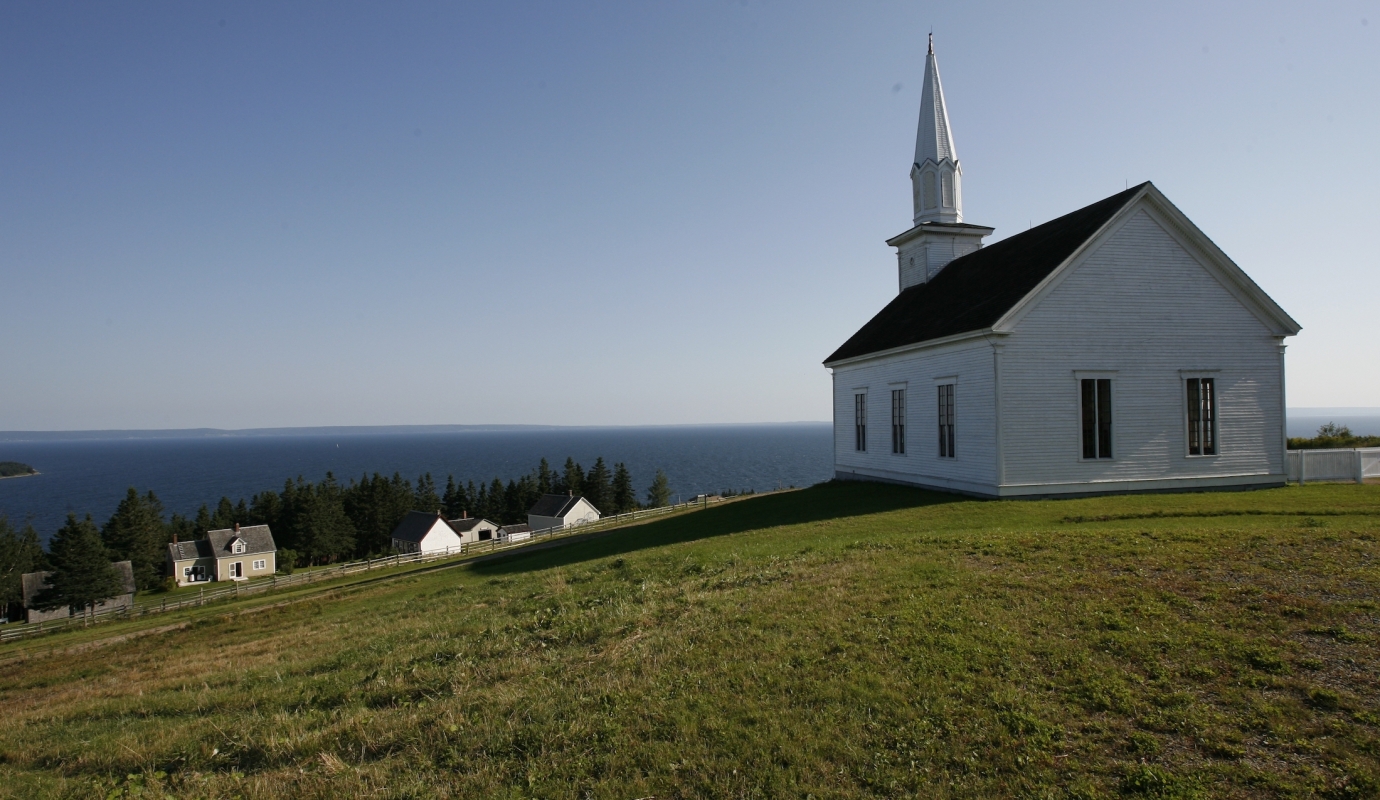
A’ Ghàidhlig | Gàidhlig Language
Language has remained a cornerstone for Gàidhlig culture through the years. So many aspects of the culture are bound together with linguistic threads. Gàidhlig-speaking communities across the island lived and saw the world through a Gàidhlig lens until a few short generations ago. Today, a small but dedicated number of Gaels continue to speak, cherish and promote the language.
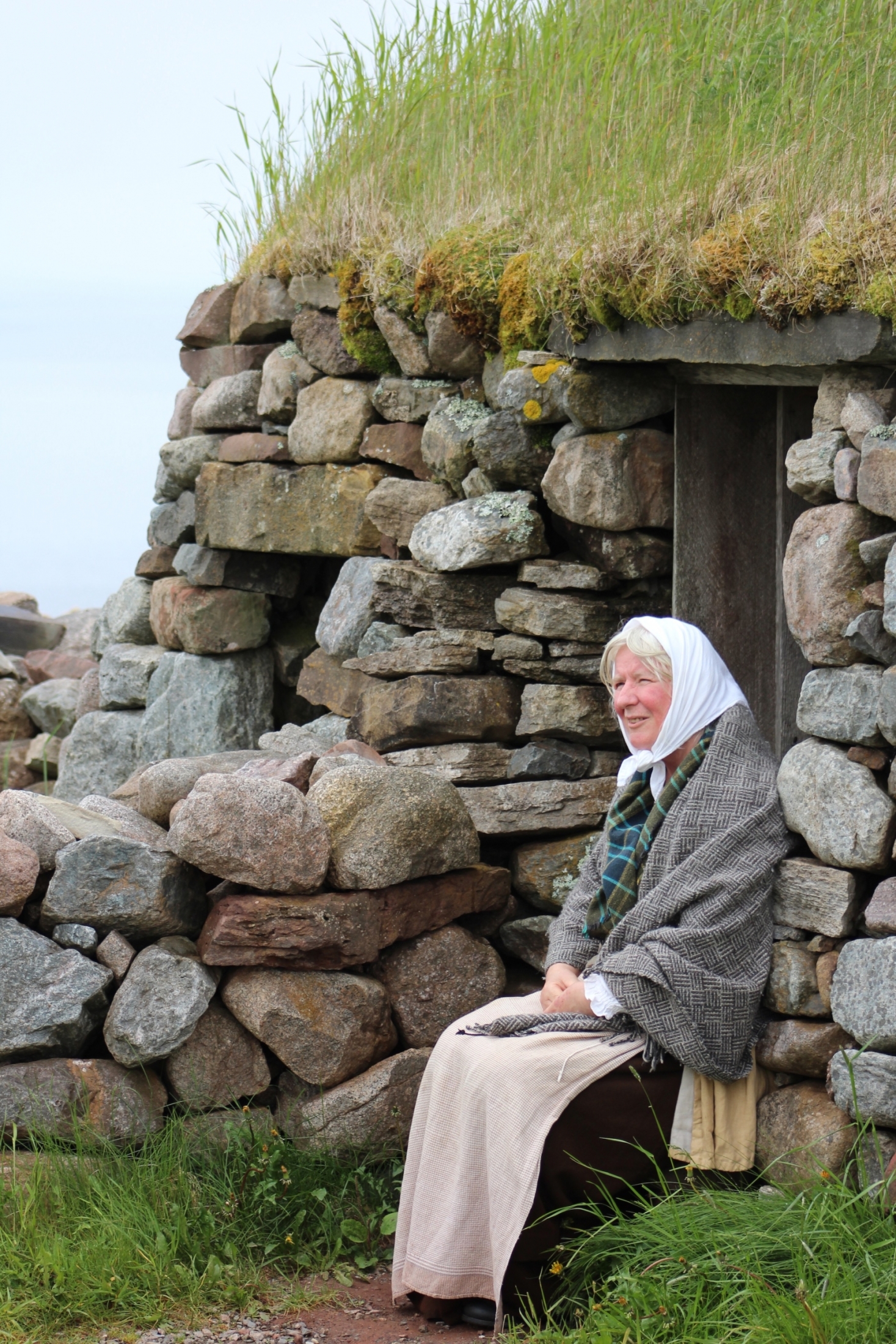
Dualchas | Traditions
Gàidhlig culture has its own set of beliefs, traditions and values associated with it. These include everything from weather predictions to foodways, various cures, stories, proverbs, ways work should done and more. Some individuals and families today speak English, but retain a very Gàidhlig worldview.
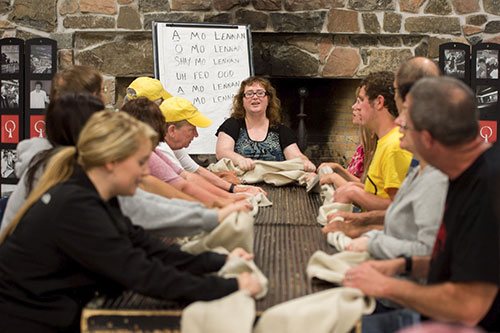
A’ dol air chéilidh | Visiting
While it’s rather widely used to describe various events today, in Gàidhlig the word céilidh means a visit. That could be as simple as a chat between two neighbours on the road, or a houseful of friends and family sharing in seanchas | traditional storytelling and conversation, songs, music, dance and more!
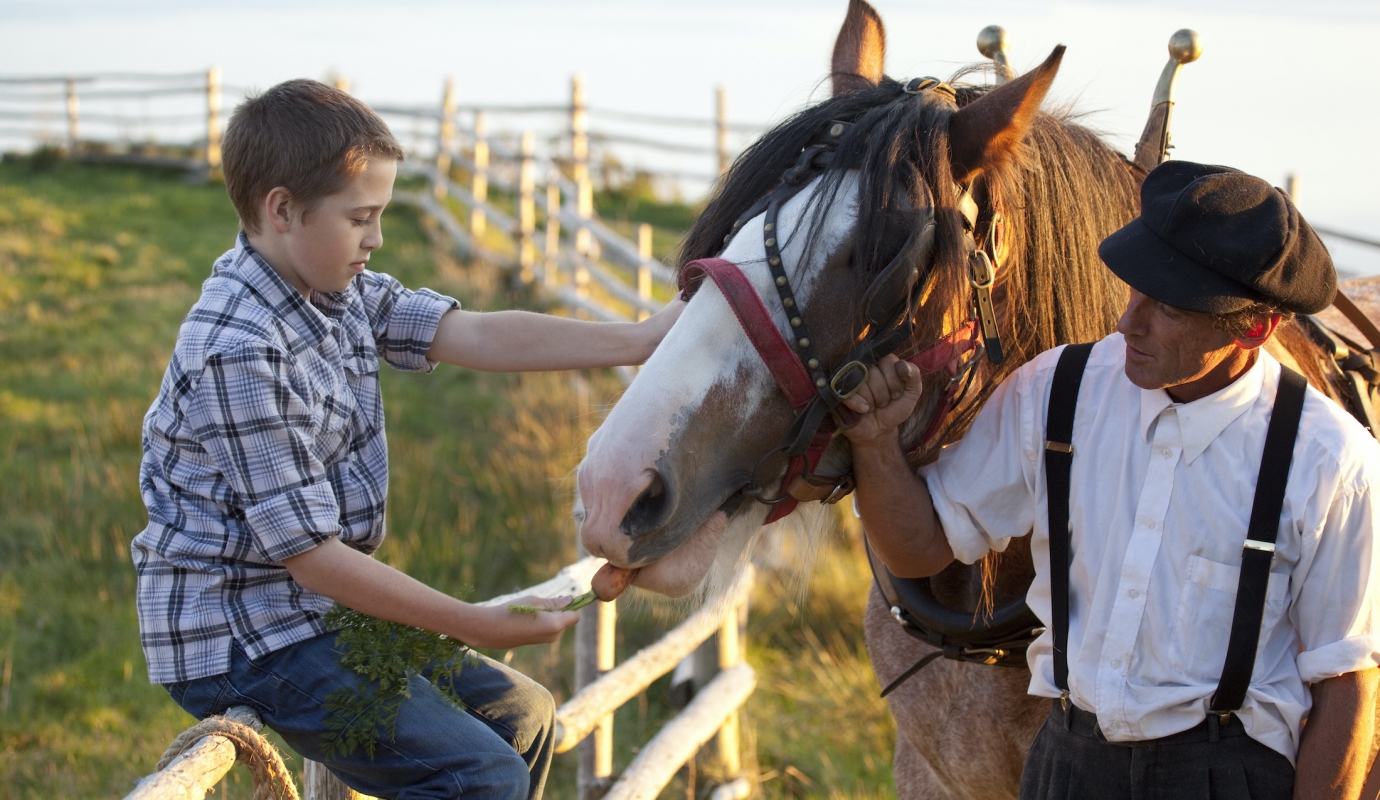
Na h-Òrain | Songs
Gàidhlig songs capture history, memory and emotion in a unique way that is often not spoken out loud. Work songs, like those sung at milling frolics, passed the time and kept rhythm for different tasks – everyone joins in on the chorus! There is nothing quite like the feeling of community that comes from grasping hands and joining a room of voices on the chorus of a Gàidhlig song.
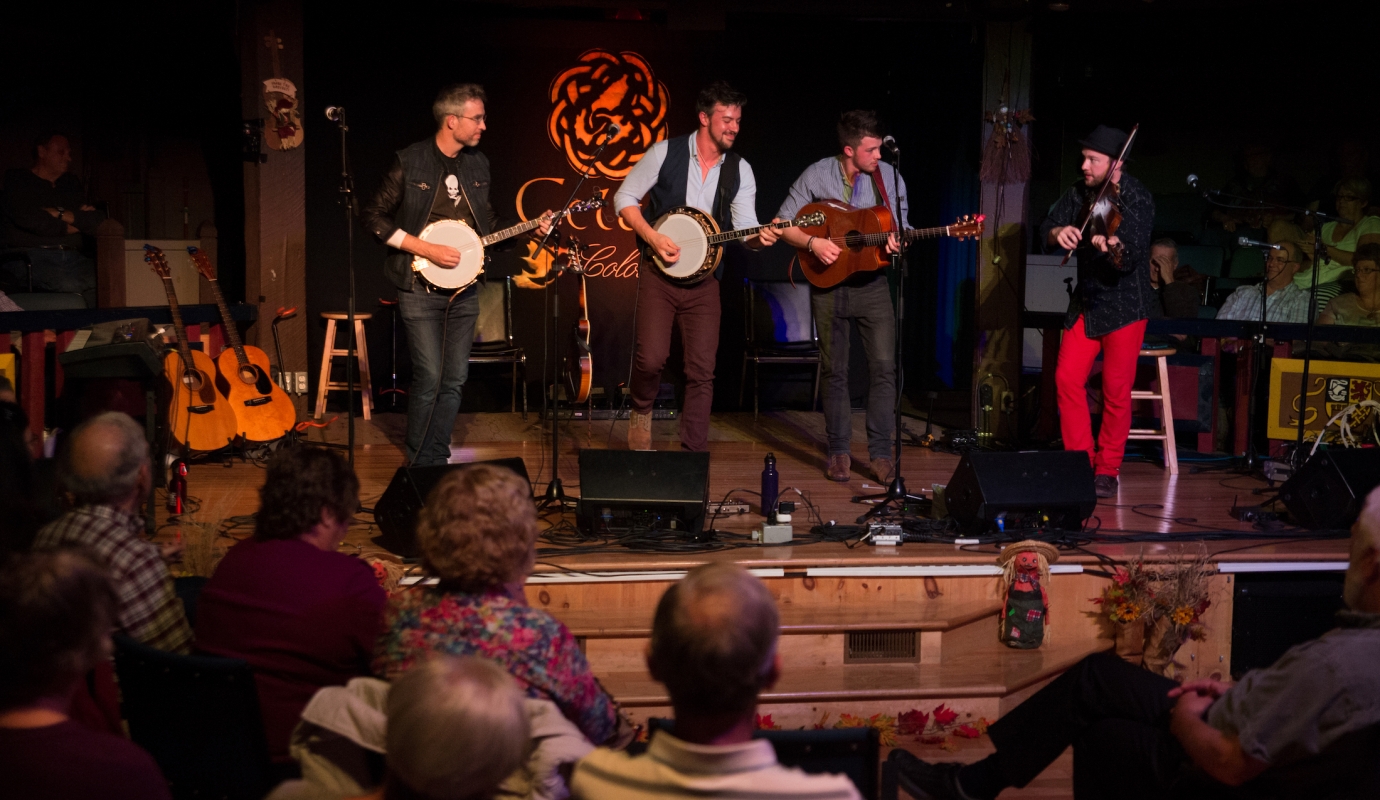
Ceòl is Dannsa | Music and dance
Gaels in Cape Breton are widely known for their own style of music and dance – tunes and techniques brought with previous generations have taken root and flourished in their own way over the years here. A driving, largely dance-oriented style of playing and tidy, percussive step dancing remain important qualities. Head to a square dance, and it’ll be hard to keep your feet still!
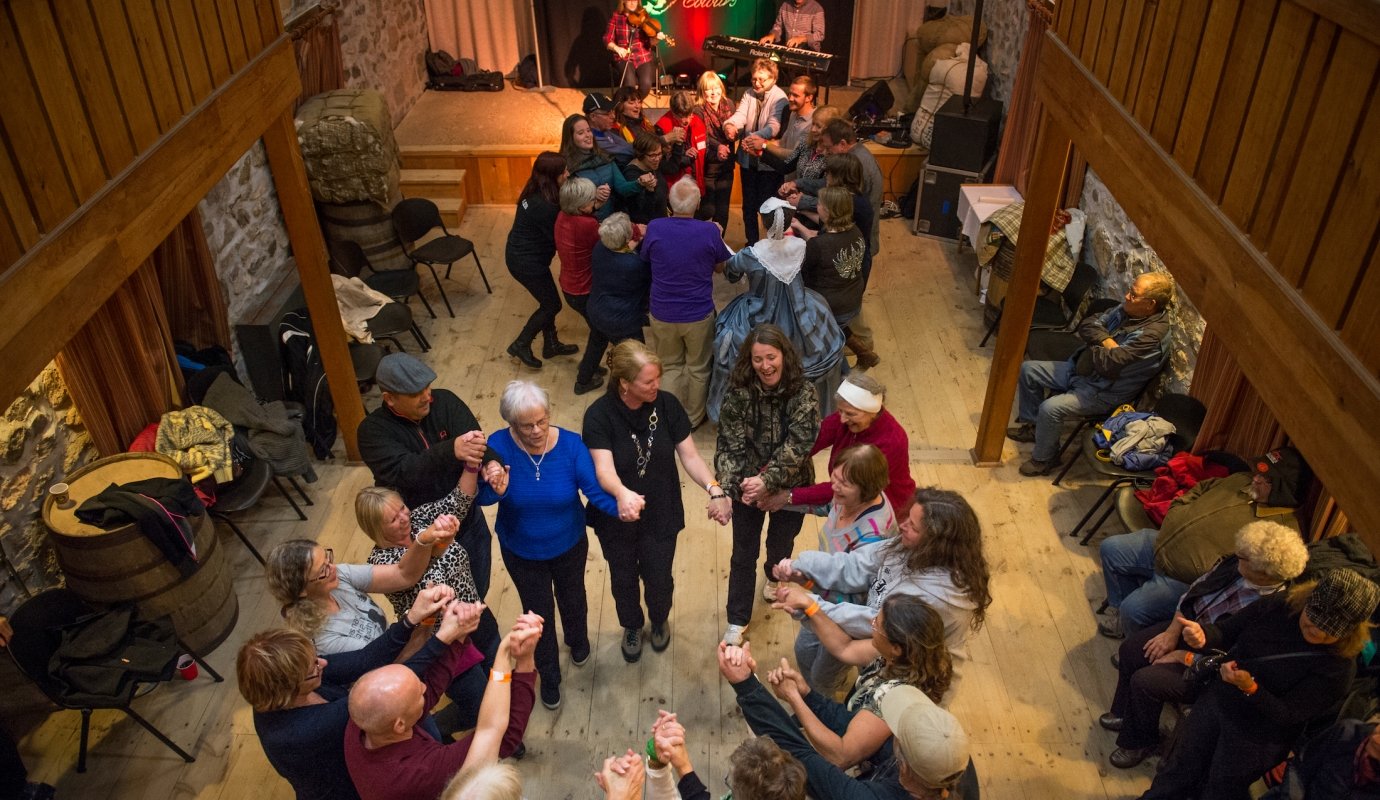
Gàidhlig culture has a long history in Cape Breton and eastern Nova Scotia, many aspects of which continue to be enjoyed today. Whether we’re talking about language or dance, perhaps one of the most powerful things about Gàidhlig culture over the years is its enduring ability to bring people together.
Locals Know Blogs
June on Cape Breton Island is when music fills the air, feet find rhythm on wooden floors, and communities come together in celebration of culture, heritage, and shared joy.
Continue Reading
If you're searching for a beautiful hiking destination on Cape Breton Island, look no further than the trails of Cape Mabou. Located on the Island’s west coast, Mabou is a charming rural community known for its Gaelic culture, coastal views and unfor
Continue Reading
Canada's Musical Coast, nestled along the western shores of Cape Breton Island, offers some of the most breathtaking sunsets in the country.
Continue Reading
Snowmobiling offers exhilarating experiences across winter landscapes, but safety must always be a priority.
Continue Reading





